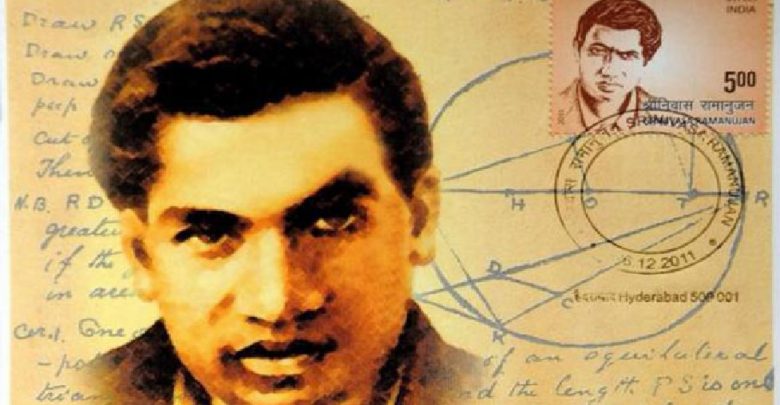Mathematics is a well-liked subject by many. Almost everyone knows basic maths because, without maths, life is unimaginable. Moreover, there would be no railroads, aeroplanes, Television, Computers, Cinema and thousands of other things that are part of our civilisation without mathematics.
It is a subject that deals with members, quantity and form. We do deal with money in real life and we count rupees, don’t we? It is arithmetic, which is a branch of mathematics. The most important in maths are algebra, analysis and topology.

There is no hiding to the fact that India has produced some of the finest mathematicians. Srinivasa Ramanujan, one of the greatest self-educated mathematicians is an inspiration to Maths teachers as well as students.
Ramanujan spearheaded some outstanding discoveries of theorems that gave rise to understanding in-depth number series, infinite series and continued fractions.
Ramanujan who lived during the British Rule in India had no prior training with regards to Maths. The movie, The Man Who Knew Infinity, starring Dev Patel, is a biopic on his life. His life was documented in the book The Man Who Knew Infinity by Robert Kanigel, published in 1991.
Ramanujan was born in December of 1887 in Erode, Tamil Nadu. While almost all of his siblings passed away in their early age itself, he did manage to survive smallpox when he was two years old.
He started to become a bright student at school in Kumbakonam when he gained vast mathematical knowledge than any other student of his age. Deeply engaged in the subject, he studied a book on advanced trigonometry at the age of 13 and then learnt cubic equations when he was 15. Interestingly, he devised his own methods of solving them.
By 16, he perfected the art of mastering a book called A Synopsis of Elementary Results in Pure and Applied Mathematics, which has held a collection of 5000 theorems. He didn’t stop just there as he then moved on to understanding the Bernoulli numbers.
After graduating in the year 1904 from the Town Higher Secondary School, he joined the Government Arts College in Kumbakonam. The shocking truth is that he failed most of the subjects because he couldn’t focus on anything other than his favourite subject Mathematics. After a spell in another college, he then gave up getting a degree altogether.
In 1909, he was married to 10-year-old girl Srimithi Janaki. At that time, he taught students while he looked for a job. It was when the Indian Mathematics Society was established by V. Ramaswamy Aiyer. Ramanujan then started to get together with India’s mathematicians, impressing them with his brilliance.
In 1913, he started writing letters to British mathematicians. G. H. Hardy was one who believed in Ramanujan’s potential.
The 27-year-old Ramanujan said goodbye to his wife and child and arrived in England by ship in April 1914, in what was the turning point in his career.
In Cambridge, Hardy and Littlewood went through his collection of theorems. They learnt that while some of them already existed, many of them were identified as new, unparalleled discoveries. In the next 5 years at Cambridge, Ramanujan published many of his work there, supported by Hardy.
Due to his work on highly composite numbers, in 1916, he also received a Bachelor of Science degree, later renamed to PhD. Interestingly, in the next year, he became a part of the London Mathematical Society, and the year after that, he also became a Fellow of Trinity College and Fellow of the Royal Society. In fact, he was one of the youngest (at 30) at the Society, being only the second Indian to become a member there and also the first at Trinity.
Then he returned to India in 1919. A beginning of various kinds of illnesses made him weak and life for vegetarians became even hard during First World War, owing to the scarcity of vegetables and fruits, which also made him malnutritioned, after which he was diagnosed with vitamin deficiency and tuberculosis.
In 1920, he drew his last breath, aged 32, in Kumbakonam. Before he passed away, Ramanujan’s accomplishments changed the world of mathematics.
Years after his demise, his family home in Sarangapani Street, Chennai turned into a museum. An international journal- ‘The Ramanujan Journal’ was launched, to publish all research and work related to his discovery.










